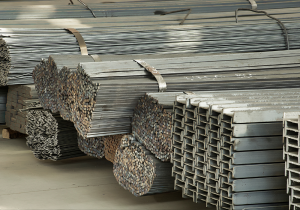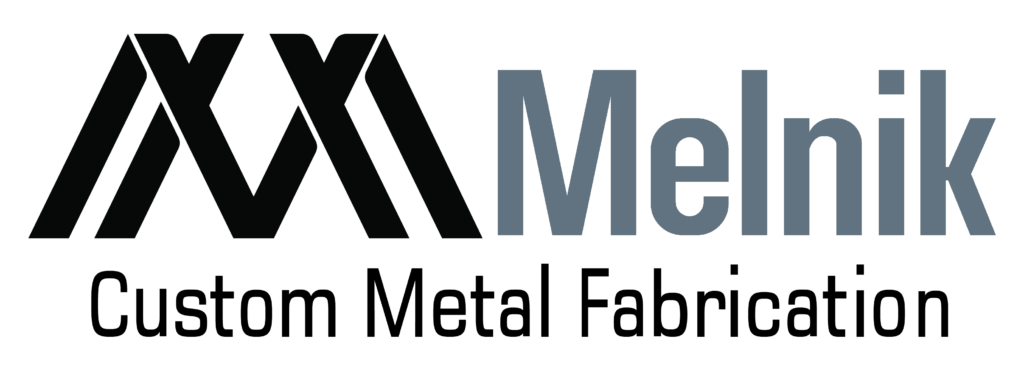Custom metal fabrication is more than just bending and welding metal. It’s an art form that transforms raw materials into intricate structures and functional components. For metalwork enthusiasts, understanding the nuances of this craft can be both fascinating and practical. This blog post aims to provide a comprehensive cost breakdown for custom metal fabrication. We’ll explore every aspect, from the initial design stages to the final finishing touches. By the end of this article, you’ll have a solid grasp of the factors influencing costs and tips to manage them effectively.
 The Metal Fabrication Process
The Metal Fabrication Process
Metal fabrication involves several steps, each contributing to the final product’s quality and cost. Here’s a breakdown of the typical process:
- Design and Engineering: This initial stage is crucial. Designers and engineers use CAD software to create detailed plans. The complexity of the design can significantly impact the cost.
- Cutting and Shaping: Using techniques like laser cutting, water jet cutting, and plasma cutting, the raw material is shaped according to the design specifications. Each method varies in precision and cost.
- Assembly and Welding: Components are assembled and welded together. Skilled welders ensure the joints are strong and aesthetically pleasing.
- Finishing: This includes grinding, painting, and coating to enhance the product’s appearance and durability.
Understanding these steps helps you see where costs can add up and where there might be opportunities for savings.
Factors Affecting the Cost of Custom Metal Fabrication
Several factors can influence the overall cost of custom metal fabrication. Here are the primary ones:
- Material: The type of metal used greatly affects the cost. Common choices include steel, aluminum, and brass. Each material has its own price point and properties.
- Complexity: Intricate designs with tight tolerances require more time and skill, increasing costs. Simple designs are quicker and cheaper to produce.
- Quantity: Larger orders often benefit from economies of scale. Producing a single item can be more expensive per unit than producing a hundred.
By understanding these factors, you can make informed decisions that align with your project’s budget and requirements.
 Understanding the Cost Breakdown
Understanding the Cost Breakdown
To get a clear picture of custom metal fabrication costs, it’s essential to break down the expenses into categories:
- Material Costs: This includes the cost of raw materials as well as any additional materials required during the fabrication process, such as fasteners and welding rods.
- Labour: Skilled labour is a significant cost factor. This includes the time spent by designers, fabricators, and welders.
- Design: The design phase can be costly, especially for complex projects that require extensive planning and engineering.
- Finishing: This can include polishing, painting, or applying protective coatings. Each finishing option has its own cost implications.
Knowing these categories can help you understand where your money is going and identify areas for potential savings.
Understanding the cost dynamics of custom metal fabrication is essential for any metalwork enthusiast. It allows you to make informed decisions, manage your budget effectively, and achieve the best possible results for your projects. Custom metal fabrication remains a valuable process that offers unmatched flexibility and quality. By being aware of the costs involved and how to manage them, you can fully appreciate and leverage the benefits of this craft.

